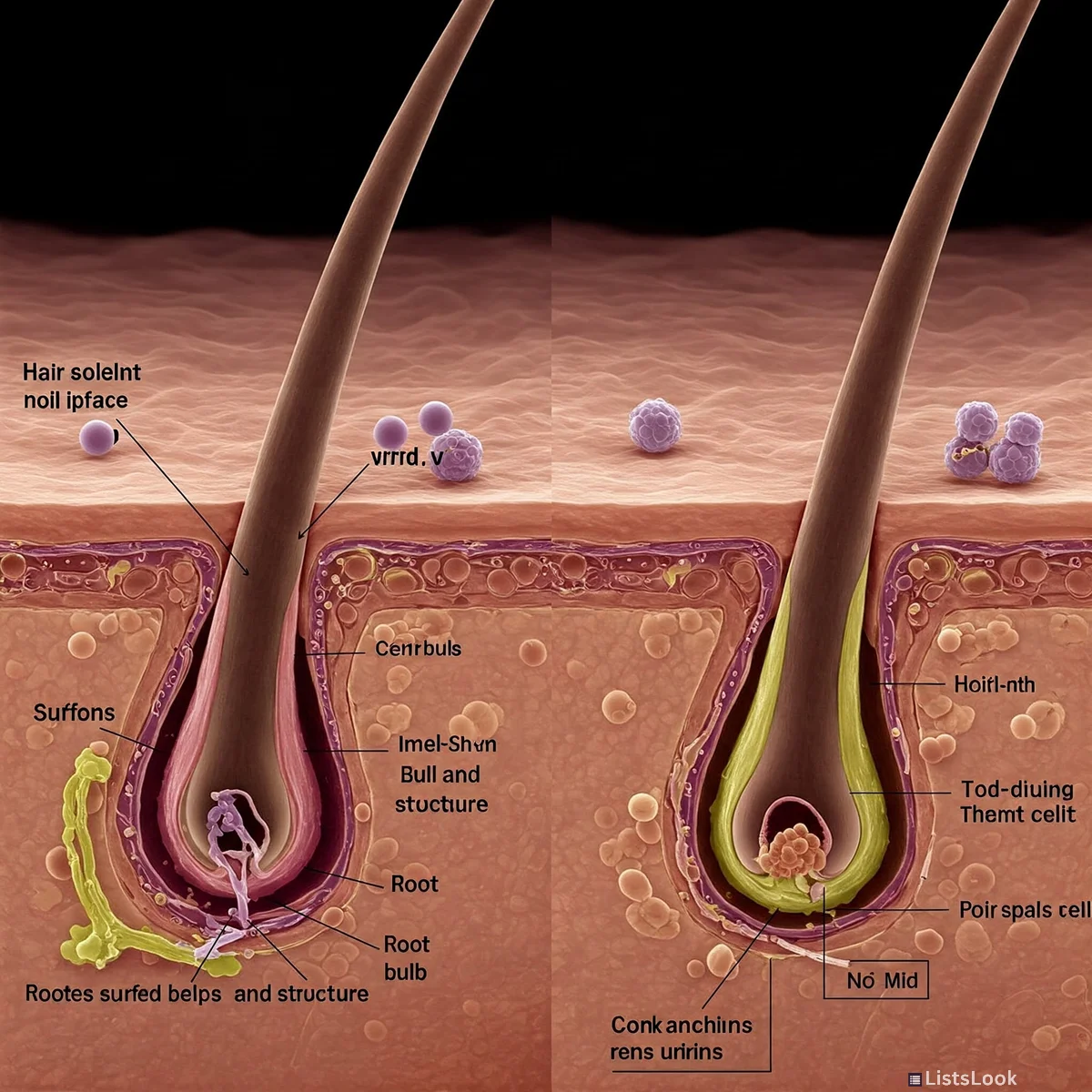10 Mind-Blowing Misconceptions About Everyday Things – ListsLook

Think You Know These 10 Things? Think Again.

We all have "facts" rattling around in our heads that we've never questioned. But what if some of the most common ones—about history, science, and even your own body—are completely wrong? Let's put on our myth-busting hats and dismantle 10 widely held beliefs that don't stand up to scrutiny.
Myth: Lightning Never Strikes the Same Place Twice

Actually, lightning *loves* to strike the same place repeatedly, especially if it's tall and conductive. The Empire State Building, for instance, gets hit dozens of times a year.
The myth likely arose from just how rare it is to witness repeated strikes, but statistically, prominent objects are prime targets. It’s about probability, not a lightning bolt's memory!
Myth: Humans Only Use 10% of Their Brains

This persistent myth has been thoroughly debunked. Brain scans like fMRIs show activity throughout the entire brain, even during simple tasks or sleep.
Every part of our brain has a known function, and while we don't use it all at the exact same time, we certainly use all of it over the course of a day. The idea that 90% is just sitting idle is pure science fiction.
Goldfish Have a Three-Second Memory

Poor goldfish! They get a really bad rap. Recent studies have demonstrated that goldfish can actually remember things for months, even years. They can be trained to respond to signals, recognize patterns, and remember feeding times.
This myth probably started because their behavior can *appear* repetitive, but their cognitive abilities are far more sophisticated than we give them credit for. Don't underestimate these little swimmers!
Myth: Cracking Your Knuckles Causes Arthritis

Good news for knuckle-crackers! Despite persistent warnings, there's no scientific evidence linking the habit to arthritis. That "pop" you hear is just nitrogen bubbles bursting in the fluid that lubricates your joints.
While it might annoy people around you, the worst it's been linked to is a potentially weaker grip strength over a lifetime—not joint disease.
Myth: Shaving Makes Hair Grow Back Thicker

Shaving doesn't affect your hair follicles, which are what actually control thickness and growth rate. It simply cuts the hair at the surface, leaving a blunt edge.
This blunt tip feels coarser and more noticeable than the tapered end of an uncut hair, creating the illusion of thickness. Your hair isn't changing; your perception of it is.
Myth: Sugar Makes Kids Hyperactive

The "sugar rush" is more of a myth than a medical reality. Multiple controlled studies have found no direct link between sugar consumption and hyperactivity in children.
The perceived energy spike is more likely due to the context—parties, holidays, and exciting events where sugary treats are common. Parents who expect a sugar rush are also more likely to interpret normal kid energy as hyperactivity.
Myth: You Lose Most Body Heat Through Your Head

This myth comes from a flawed old military study where subjects wore full winter gear but no hats. Naturally, most of their heat escaped from the only uncovered part!
In reality, you lose body heat from any exposed part of your body at a roughly equal rate. If you were wearing shorts and no shirt, you'd lose far less heat from your bare head than from your bare legs.
Myth: The Great Wall of China is Visible From Space

Despite being one of the most famous "facts" about it, this is untrue. While incredibly long, the Great Wall is also relatively narrow and made of materials that blend into the surrounding landscape.
Astronauts from Neil Armstrong to Chris Hadfield have confirmed you cannot see it with the naked eye from low Earth orbit, let alone the moon.
Myth: A Penny Dropped From a Skyscraper Can Be Lethal

This makes for a dramatic scene, but it's pure physics fiction. A penny is light and flat, meaning air resistance slows it down significantly.
It reaches its terminal velocity—a top speed of about 40-80 km/h (25-50 mph)—after falling only about 15 meters (50 feet). Being hit would sting, for sure, but it wouldn't be remotely fatal.
Comments
Loading comments...